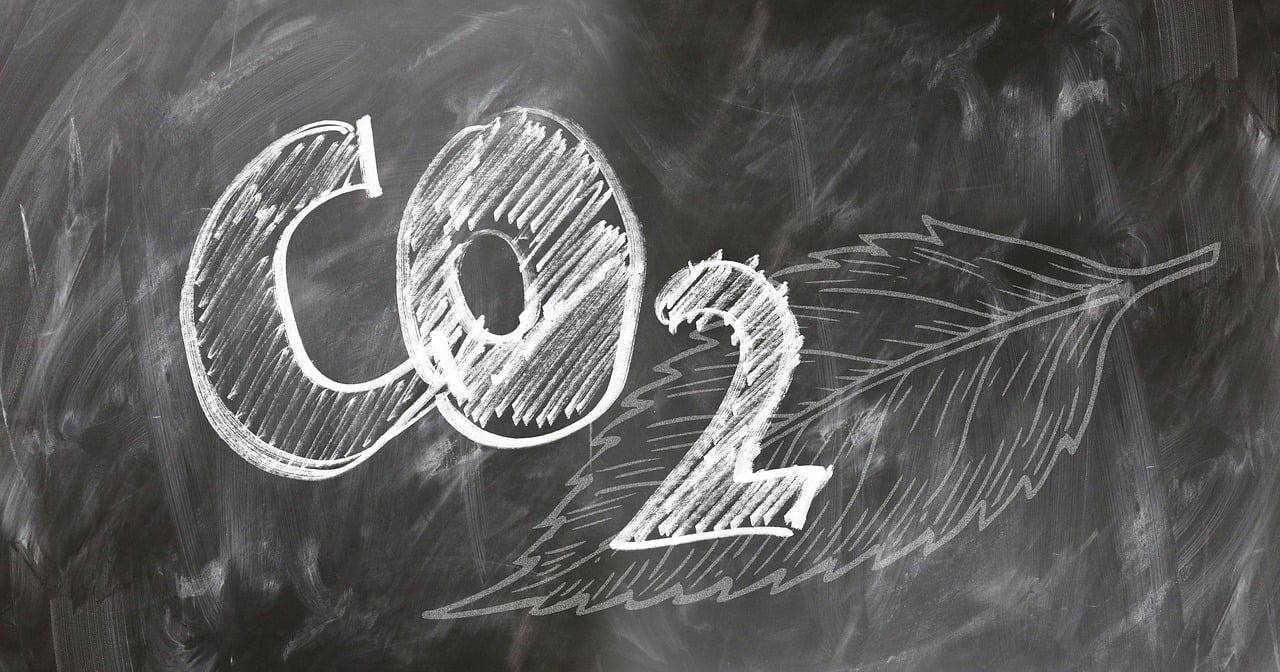Carbon dioxide (CO2) is one of the most dangerous greenhouse gases and could ruin life on Earth as we know it if its concentration in the atmosphere continues to rise. Experts are particularly concerned because the carbon dioxide concentration reached its highest record last month, higher compared to the last 800,000 years. Experts are worried about how the concentration of one of the most dangerous greenhouse gases will affect the future if no action is taken.
Scientists used the Mauna Loa Observatory in Hawaii, which is the oldest CO2 monitoring station in the world, to observe the levels of carbon dioxide concentration. The concentration went up to 410.31 parts per million (ppm) during April. Scientists are worried because these are the highest levels experienced in the history of humanity. According to the statement from the Scripps Institution of Oceanography at the University of California, San Diego, the CO2 levels are the highest in the last 800,000 years. Although the CO2 levels fluctuated at the time the Industrial Revolution started, they never exceeded 300ppm.
Nevertheless, the greenhouse gas emission has majorly increased over the last few centuries. The observatory initially started collecting continuous data in 1958, known as the Keeling Curve data series, measuring the levels at 315ppm. Since then, the gas concentration has increased by 30% and the levels crossed the 400ppm mark when the carbon dioxide concentration was measured in 2013, and now.
CO2 is one of the main culprits of global warming. The process works in a way that the gas manages to trap solar heat in the atmosphere of the planet which affects the climate change. Climate change is dangerous because not only can it jeopardize human life on Earth, but also the flora and fauna. Carbon dioxide is the most dominant greenhouse gas among methane, nitrous oxide and others, and it came as a consequence of deforestation and burning of fossil fuels. Also, natural processes including respiration and volcanic eruptions impact the carbon dioxide concentration in the atmosphere.
“We keep burning fossil fuels. Carbon dioxide keeps building up in the air,” geochemist Ralph F. Keeling, who currently directs the Scripps CO2 program, said in a statement. “It’s essentially as simple as that.”
His father, Charles David Keeling is the one who started the monitoring project that was operated by him until he passed away in 2005. Ralph Keeling also organized a parallel program at SIO which focuses on studying and analyzing the changes in the oxygen concentration, using air samples that are collected around the world.
After the worrying update regarding the CO2 levels, Katherine Hayhoe, who is a climate scientist at Texas Tech University also expressed how worried she is about the threat of global warming in a tweet.
“As a scientist, what concerns me the most is not that we have passed yet another round-number threshold but what this continued rise actually means: that we are continuing full speed ahead with an unprecedented experiment with our planet, the only home we have,” she wrote in a tweet.





